![]()
![]()
![]()
Use LEFT and RIGHT arrow keys to navigate between flashcards;
Use UP and DOWN arrow keys to flip the card;
H to show hint;
A reads text to speech;
10 Cards in this Set
- Front
- Back
|
Class D, Division 2: Poisonous & Infectious Materials - Other Toxic Effects
This division includes materials causing immediate eye and/or skin irritation as well as those which can cause long-term effects in a person repeatedly exposed to small amounts. |
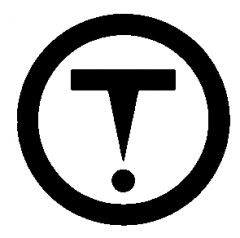
WHMIS
|
|
|
Class A: Compressed Gas
This class includes compressed gases, dissolved gases and gases liquified by compression or refrigeration . |

WHMIS
|
|
|
Class D, Division 1: Poisonous & Infectious Materials - Immediate and Serious Toxic Effects
This division includes materials causing immediate and serious toxic effects. These materials can cause the death of a person exposed to small amounts. |
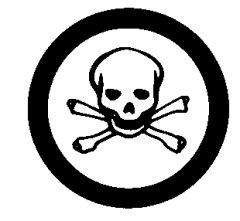
WHMIS
|
|
|
Class C: Oxidizing Material
This class includes materials which provide oxygen or similar substances and which increase the risk of fire if they come into contact with flammable or combustible materials. |

WHMIS
|
|
|
Class F: Dangerously Reactive Material
Class F materials can undergo dangerous reaction if subjected to heat, pressure, shock or allowed to contact water. |
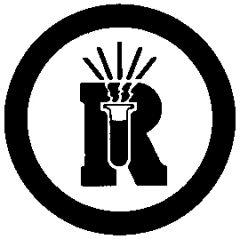
WHMIS
|
|
|
Class E: Corrosive Material
Class E materials are acid or caustic materials which can destroy the skin and/or eat through metals. |
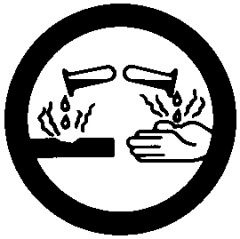
WHMIS
|
|
|
Class B: Flammable and Combustible Material
This class includes solids, liquids and gases capable of catching fire or exploding in the presence of a source of ignition. |
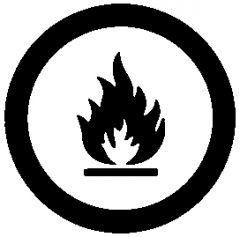
WHMIS
|
|
|
Class D, Division 3: Poisonous & Infectious Materials - Biohazardous infectious material
This division includes materials which contain harmful microorganisms. |
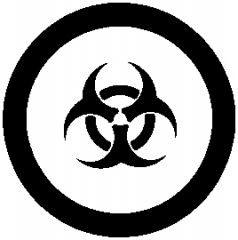
WHMIS
|
|
|
Class A: Compressed Gas
|
Class A materials:
-pose an explosion danger because the gas is being held in a container under pressure; -may cause its container to explode if heated (such as what would happen in a fire); -may also cause its container to explode if dropped. When handling Class A materials you should: -handle with care, do not drop container; -keep container away from potential souces of ignition; -store the container in designated areas. Examples of Class A materials: gas cylinders for oxyacetylene welding or water disinfection. |
|
|
Class B: Flammable and Combustible Material
|
Class B materials:
-will burn and are therefore potential fire hazards. -may burn at relatively low tempertaues; flammable materials catch fire at lower temperatures than combustible materials. -may burst into flame spontaneouly in air or may release a flammable gas on contact with water; -may cause a fire when exposed to heat, sparks, or flames or as a result of friction; When handling Class B materials you should: -keep the material away from heat sources and other combustible materials; -never smoke when working with or near the material; -store the containers in designated areas. Examples: white phosphorus, acetone and butane. Flammable liquids such as acetone are more easily ignited than combustible liquids such as kerosene. |

